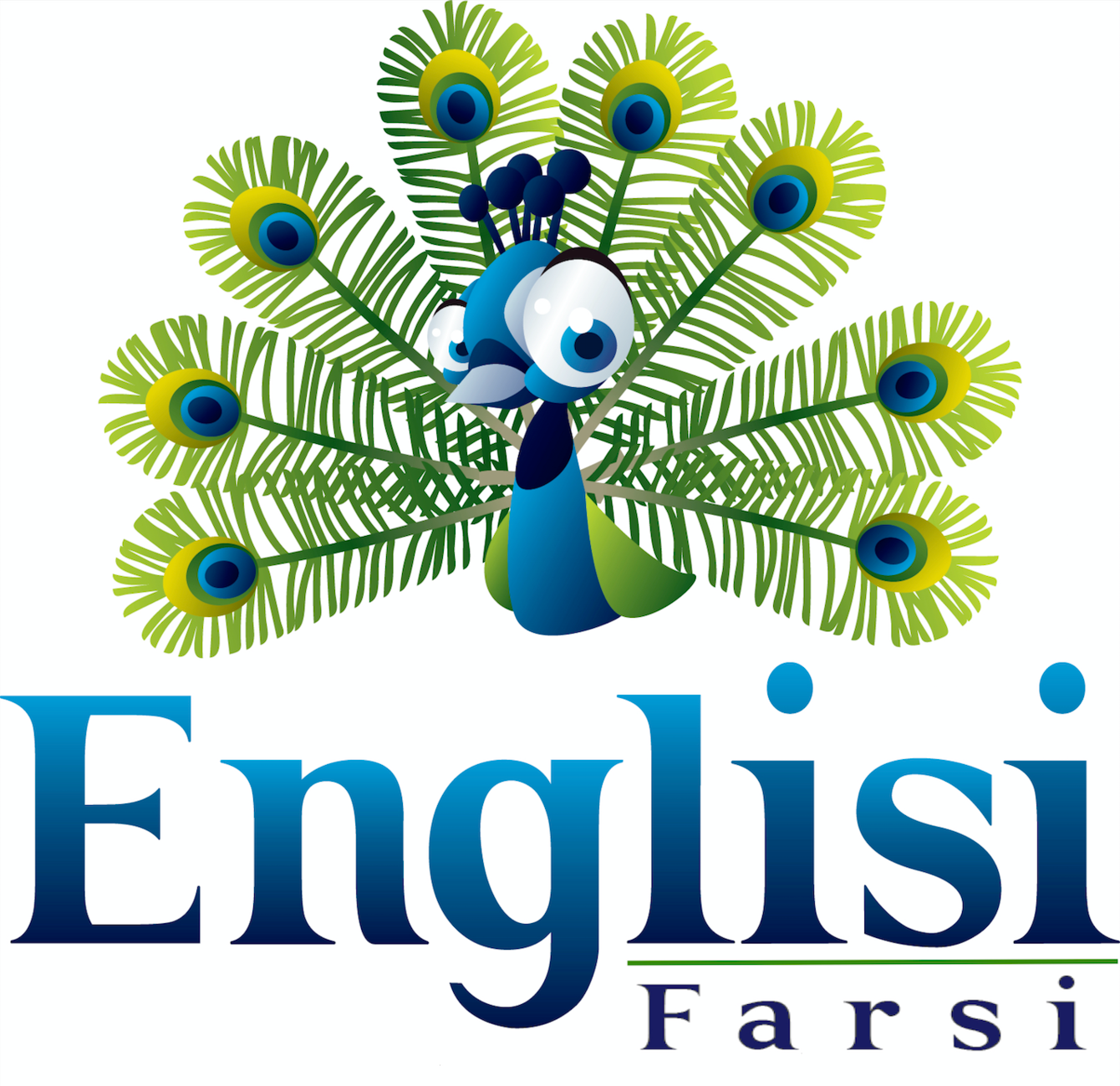As featured in Kayhan London: Read more about our author Moná Kíání and the journey that lead to the launch of Englisi Farsi.
Struggling to Learn or Teach Farsi? Mona Kiani’s ‘Finglisi’ Books Could Be The Solution
Mona Kiani is an Iranian-Australian who desperately wanted her young son to learn Persian. She has just released the “Englisi Farsi User Guide,” a series of books and e-books for children that avoids the need to first master the Persian alphabet.

Finding nothing else on the market, Mona set about writing the books as a teaching aid that would make learning Farsi simple and fun.
Kayhan London contacted Mona at her home in Perth, Western Australia for a conversation:
How did the idea for this language method come about?
I was born in Taiwan, raised in Australia by Persian parents, and grew up surrounded by family and friends who spoke to me in Farsi, Mandarin and English. As a child, I hated learning Persian and I dreaded the weekly classes.
Coming of age, however, made me appreciate my rich Persian heritage. Persia is a cradle of human civilization, dating back thousands of years. Persians are expressive, passionate, generous, warm and welcoming. We have an innate sense of beauty. Being married to a Singaporean further elevated my cultural senses. Finally, with the birth of our son, I was determined to do more – to keep this culture alive and to keep resources interesting and engaging for future generations.
To me, language has always been, and will continue to be, the cornerstone of my identity. The sheer irony is that if I had been fully fluent in Farsi, I wouldn’t have developed these books in the first place! As someone wise once said, ‘necessity is the mother of ALL invention!’

I navigated through a web of transliteration methods. Some used double vowels, while others implement a series of dots, squiggles and accents. I did countless hours of research to ensure the system was easy to use, intuitive for both English and Persian natives – yet true to the unique phonetics of Persian. With many late nights and early mornings, the “Englisi Farsi User Guide” was created.
Where are you based now, and what’s your profession?
I live in sunny Perth, Western Australia. I am a clinical and consultant pharmacist, and have been in this field for over eight years. I work in hospital pharmacy, university education, as well as running a consultancy and mentorship program for medication management. But above all, I am a passionate mother. My husband Avi, is a musculoskeletal physiotherapist. He is a Singaporean of mixed descent. He primarily speaks English, but is also teaching our son Mandarin.
I was six months pregnant when I started searching for Persian resources. I have lived in Australia most of my life, and in all honesty English is my preferred tongue. Yet I knew in my heart that I wanted my son to speak Farsi. The only problem was, I couldn’t find any resource that didn’t require me to master the Persian alphabet. All of the children’s resources available were in Persian and English alphabet.
After a period of futile searching, I decided to develop my own teaching tools in ‘Finglisi’ (Farsi in English) for my son and husband – as well as for my Australian and Irish sisters-in-law. Englisi Farsi is the first ‘Finglisi’ book designed for children. I’m quite sure there were none, because I would have bought them if they were available! It’s similar to how Hanyu Pinyin allows one to read and speak Mandarin using an adapted set of English letters.
Do you have any funding or sponsorship for your teaching method?
If only! This endeavor has been a labor of love from our own personal savings. My husband has been supportive and encouraging of this journey, and I am grateful to him for his selflessness and support. Living in Australia we are so privileged. We have unlimited access to education and resources – these advantages are not available to everyone. So we have decided to donate part proceeds of our printed books to a London-based charity, Persia Education Foundation, to give back to those in need.
Can you give an example of a sentence or two that you would use to teach Farsi to a child?
Of course. My son is about to turn 2, and these are some words we use regularly in our household. I will demonstrate with pages taken from our upcoming Englisi Farsi Bilingual Book: “Let’s Talk.” Each page has words written in English, Farsi and ‘Finglisi’.

Do you aim to take this new teaching method global?
Some of the children of the Iranian diaspora and some non-Persian spouses are not fluent enough to read Farsi using the Farsi alphabet. With Englisi Farsi, more families can pursue the teaching of Farsi to their children, even if they are not fluent themselves. My goal is to enable second- and third-generation expatriate Iranians to continue teaching and learning Farsi. I believe that going global is how we can best achieve this. These resources can also be used to help Persian speakers learn English vocabulary – so they have dual functionality.
Have other families of Iranian descent tried your method?
Absolutely! I have had very positive responses from mixed families – especially from those with English-speaking spouses. I have also had indigenous Iranians commenting on the accuracy of ‘Finglisi’ pronunciation. I’ve had messages asking for additional titles and emails from all over the world requesting to be notified as soon as more become available. These books seems to fill a void in bilingual Persian education resources for the Iranian expatriate demographic, and I hope that we can help more bilingual families embrace their roots and expand their Persian vocabulary.


